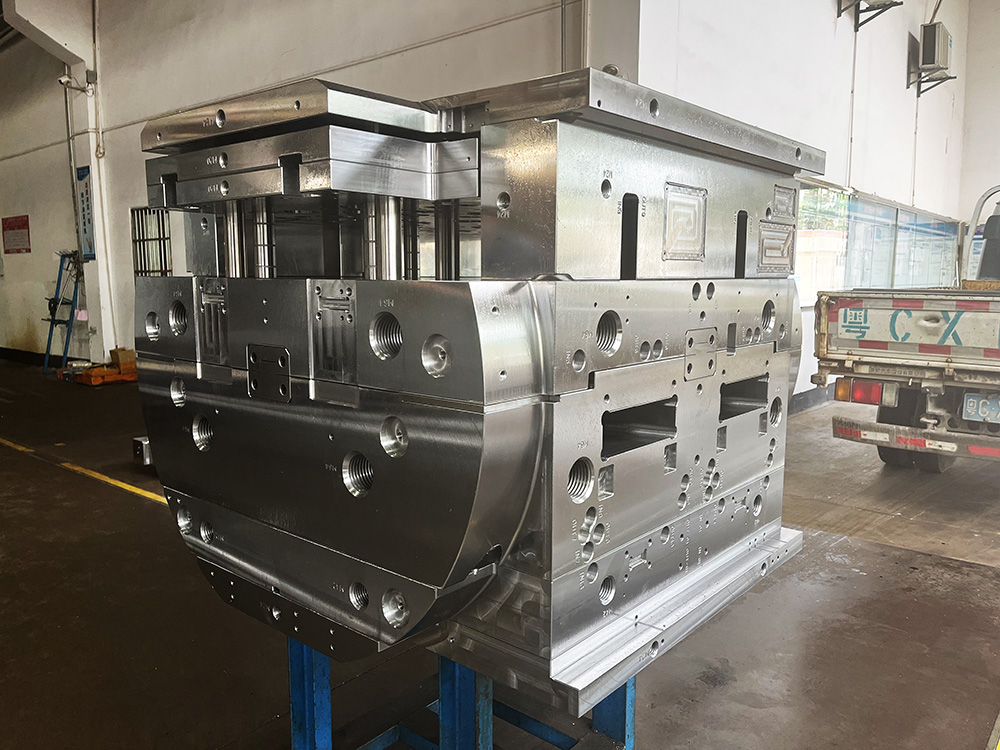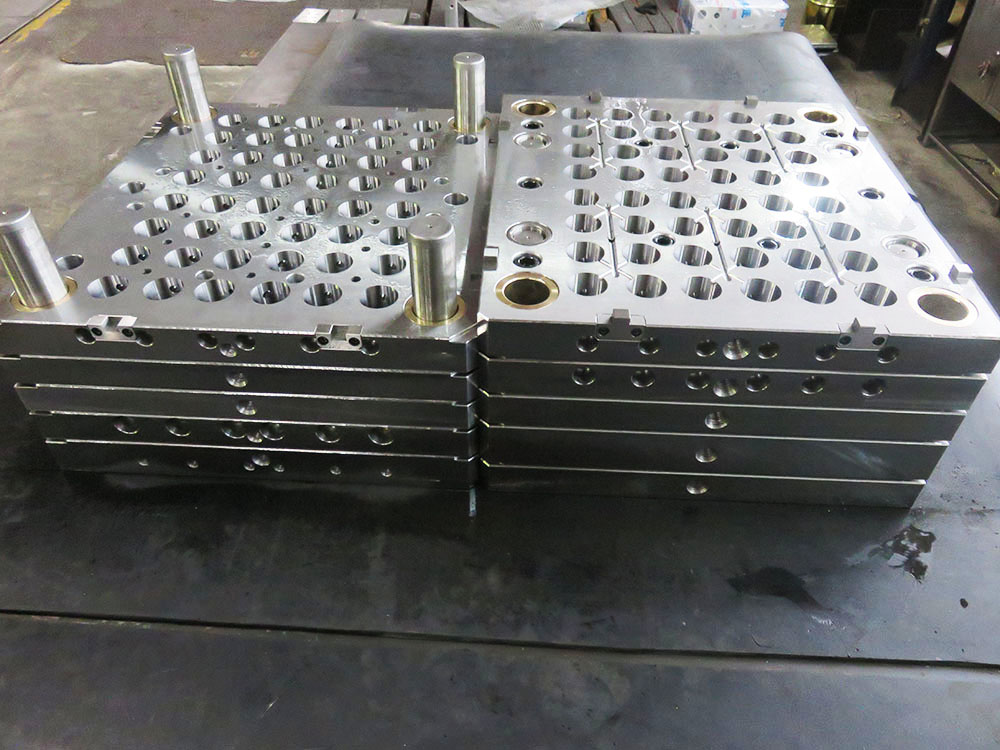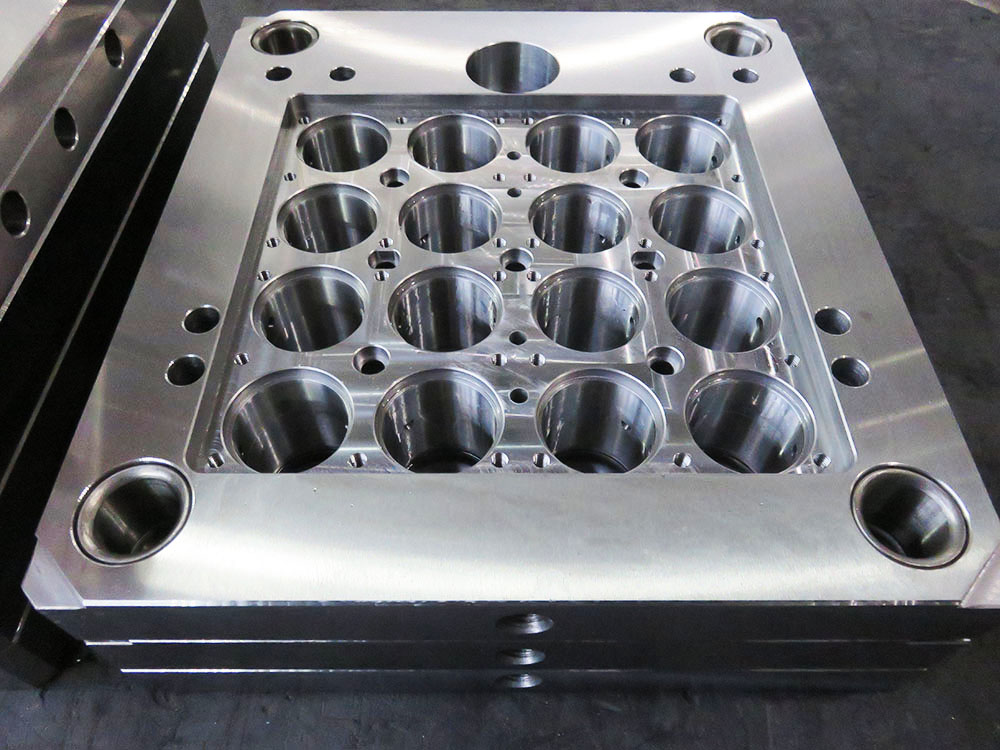The Mold Base Industry: A Step-by-Step Guide for Creating a Mold for UG 8.0
In the mold base industry, creating a mold for UG 8.0 requires a step-by-step approach to ensure accuracy, precision, and reliability. This guide will walk you through the process, providing insights into the key stages involved in creating a mold base for UG 8.0. Let's dive in!
Step 1: Designing the Mold Base
The first step in creating a mold for UG 8.0 is to design the mold base. This involves determining the core and cavity design, as well as selecting the appropriate materials for the mold base. The design should consider factors such as part geometry, desired surface finish, and production volume. Utilizing Computer-Aided Design (CAD) software, designers can create a 3D model of the mold base, ensuring accurate specifications for every component.
Step 2: Selecting Materials
Choosing the right materials for the mold base is crucial for achieving a high-quality end product. The materials should have excellent mechanical properties, thermal conductivity, and corrosion resistance. Typically, mold bases are made from materials such as tool steel, stainless steel, or aluminum alloys, depending on the application requirements. The selection of materials directly impacts the mold's durability, lifespan, and overall performance.
Step 3: Machining the Mold Base
The next step is to machine the mold base according to the design specifications. Computer Numerical Control (CNC) machines are commonly used to shape and cut the mold base components. Precision machining ensures accurate dimensions, tight tolerances, and smooth surface finishes. The machined components are then carefully assembled to create the mold base structure.
Step 4: Heat Treatment and Surface Treatment
Heat treatment is often required to improve the strength and hardness of the mold base components. This process involves heating the components to a specific temperature and then cooling them at a precise rate. Heat treatment enhances the mold's resistance to wear, stress, and deformation. Additionally, surface treatment techniques such as polishing, grinding, or coating may be employed to achieve the desired surface finish and prevent corrosion.
Step 5: Mold Base Assembly
Once all the components are machined, heat-treated, and surface-treated, the mold base assembly can begin. This involves aligning and assembling the mold base components, including the cavity, core, inserts, ejection system, and cooling channels. The assembly process requires great attention to detail to ensure proper functioning and optimal performance of the mold base.
Step 6: Testing and Quality Control
After the mold base assembly is complete, extensive testing and quality control measures are conducted. The mold base is tested for factors like dimensional accuracy, functionality, and durability. Defects or inconsistencies are identified and rectified to meet the required specifications. Quality control processes aim to ensure a reliable and long-lasting mold base.
Step 7: Mold Base Integration
Once the mold base successfully passes all quality control tests, it can be integrated with the UG 8.0 system. The integration process involves precise alignment and calibration of the mold base with the software. This step ensures seamless communication and synchronization between the mold base and the UG 8.0 system, enabling efficient and accurate production processes.
Conclusion
Creating a mold base for UG 8.0 involves a systematic approach that encompasses design, material selection, machining, heat treatment, assembly, testing, and integration. Following this step-by-step guide ensures the production of a high-quality mold base that meets the requirements of UG 8.0 software. By paying careful attention to each stage, manufacturers can achieve superior mold performance, productivity, and consistent end product quality in the mold base industry.




